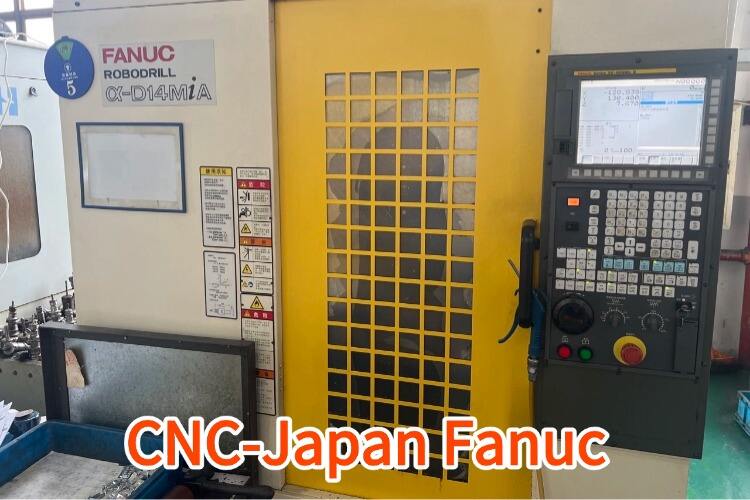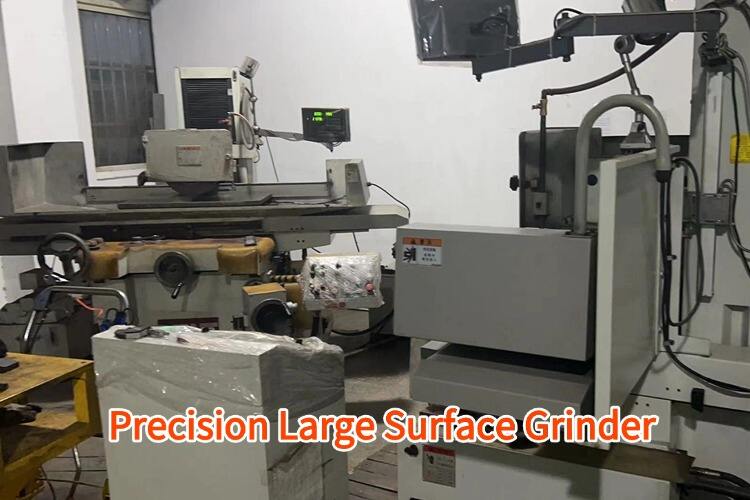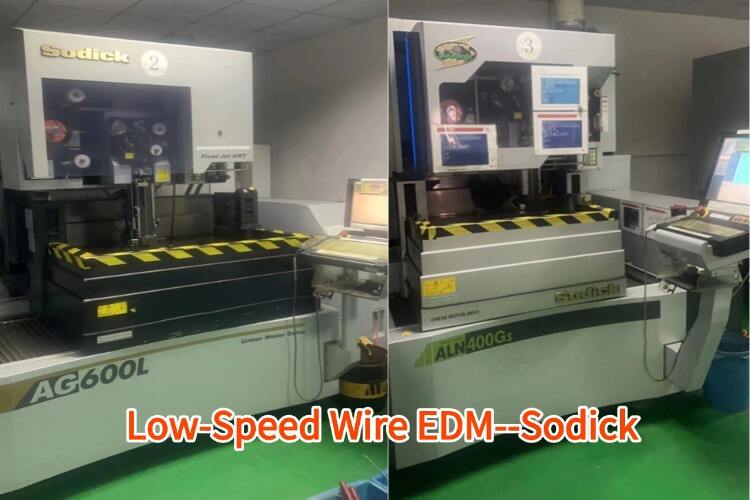what is cnc turning machine
A CNC turning machine is an advanced manufacturing device that operates through computer numerical control to create cylindrical parts with precision and efficiency. This sophisticated equipment automates the turning process, where the workpiece rotates against cutting tools to remove material and achieve the desired shape. The machine's computer control system interprets programmed instructions, controlling various parameters such as cutting speed, feed rate, and depth of cut with exceptional accuracy. Modern CNC turning machines feature multiple axes of motion, allowing for complex operations including facing, threading, boring, and grooving. They are equipped with automated tool changers, advanced cooling systems, and real-time monitoring capabilities. The integration of CAD/CAM software enables operators to create and simulate machining programs before actual production, significantly reducing setup time and potential errors. These machines excel in both high-volume production and custom manufacturing, offering repeatability and consistency that manual turning operations cannot match. CNC turning machines are vital in industries such as aerospace, automotive, medical device manufacturing, and general engineering, where precision components are essential.


